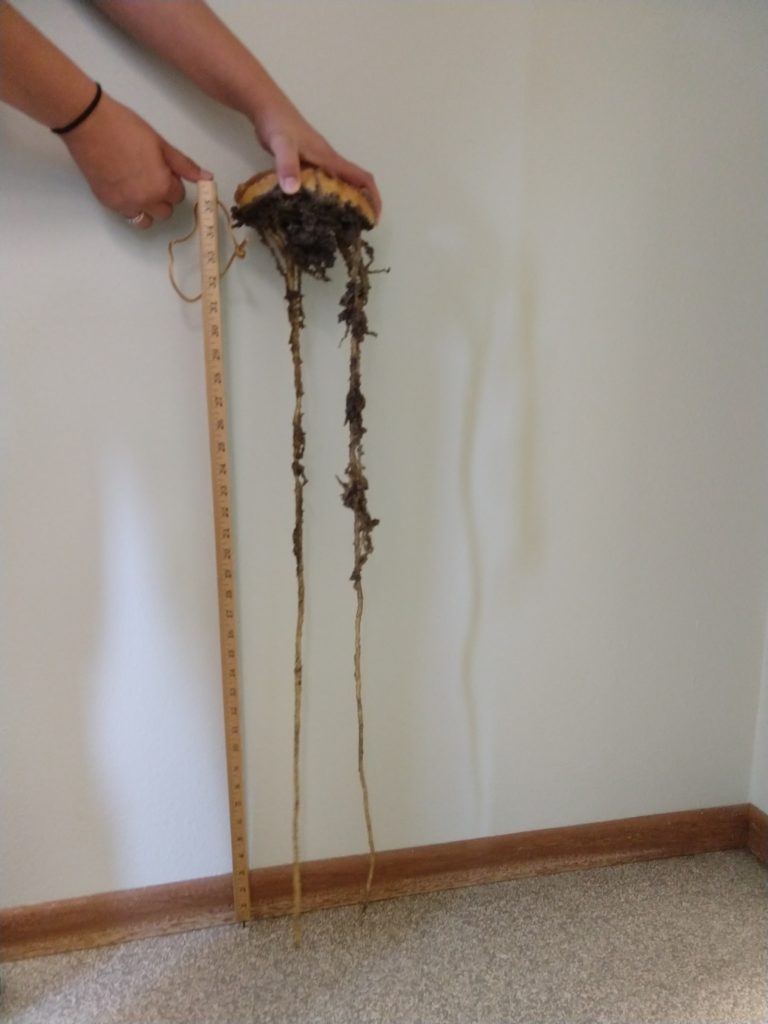Earthworms are well-known, but we don’t often think about what they do for our soils. A large proportion of soil passes through the guts of earthworms. Earthworms eat microorganisms, but many more microorganisms are found in their guts and pass along in their feces (or casts), increasing the availability of plant available nutrients. Earthworms incorporate large amounts of organic matter into the soil. Earthworm casts also improve soil aggregation.
Earthworms also improve soil porosity by creating burrows. These burrows can be a major conduit for soil drainage and also provide channels for root growth. Earthworms can be an indicator of improving soil health. Fields that are no-till and utilize cover crops tend to have higher earthworm counts. Tillage can kill earthworms and increases soil temperatures, which can cause inhospitable conditions for the earthworm. Cover crops help regulate surface soil temperatures, increase soil microorganisms, and provide more organic matter.
They are most active in the spring and fall, when temperatures range between 32 and 86 degrees F. When it gets hotter, they tend to burrow deeper. An easy way to assess soils for earthworm numbers is to do some digging. We’d like to see at least 2-5 in every shovel full of soil. A goal for agricultural fields is 10 earthworms/sq. foot of soil.
The Allamakee SWCD created a latex mold of worm channels. We pushed a metal ring into the soil surface and poured liquid latex into a spot with several earthworm holes on the surface. They were carefully dug up a few weeks later to find that the channels went down at least 3 feet deep.

